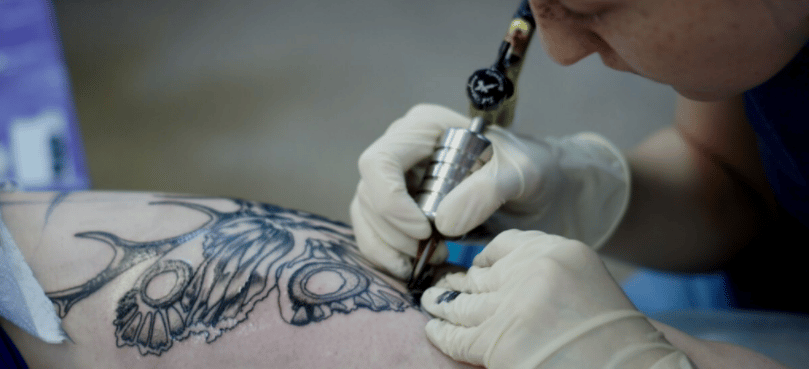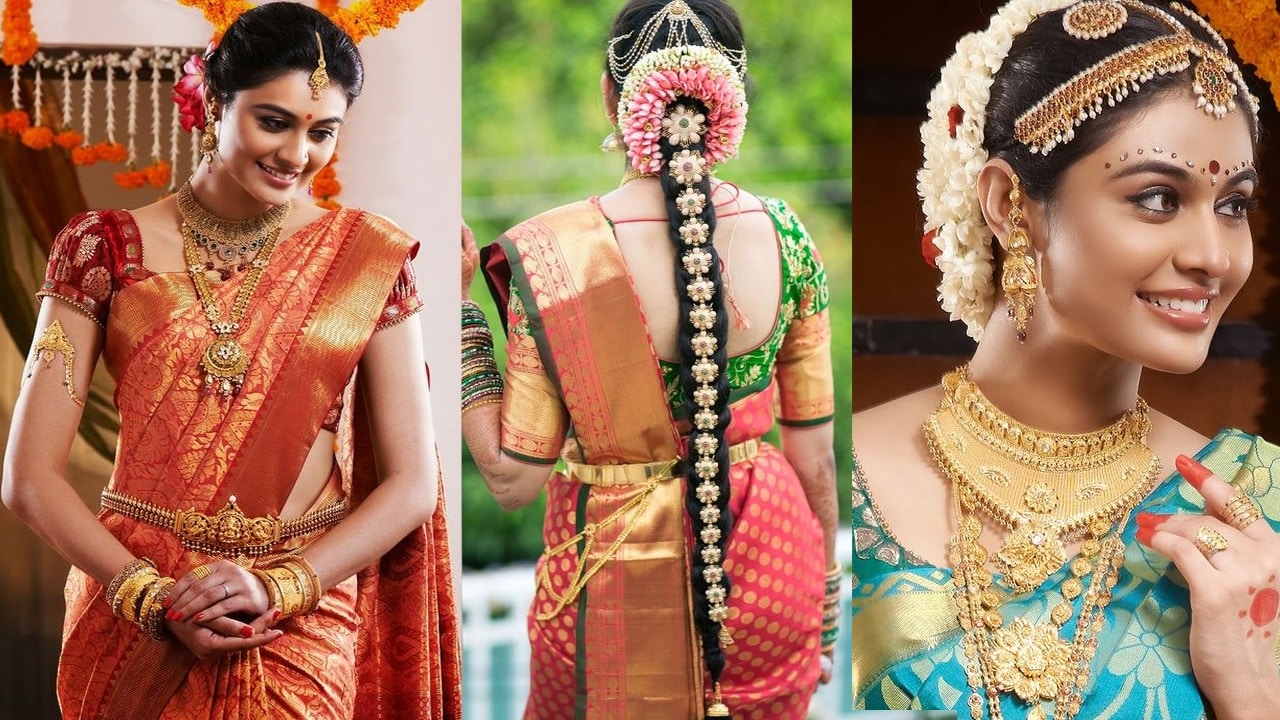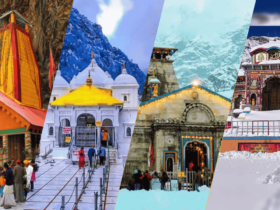South Indian wedding saree are traditionally worn by the bride on her wedding day. They come in a variety of shades and patterns, and they can be worn in several different places. However, it is not uncommon for the sari to have aspects that vary from region to region, so we’ve included many designs below that you’ll likely see at your favorite Indian weddings!
Bride of Saris
This sari is worn by the bride on her wedding day. This patterned and handspun dhoti is made of Pashmina yarn that is usually hand-dyed. It can be worn in many different ways, but the front and the back are usually different. The sari should be checked at least twice to ensure that there are no problems with it before the last fitting where all notes will be taken. The sari is the most prominent dress worn by the bride on her wedding day. This sari is hand-spun and hand-dyed. It can be worn in several different ways, but it is always on the bride’s waist. You can buy quality saree from Snapdeal.
Traditional Saris
This sari is traditionally worn by a bride on her wedding day. The one-piece design signifies the near-perfect symmetry of the bride, which happens only for the one time during her life when she receives all that she has to give in return. The asymmetric sari is worn in several different places. It can be worn by the bride on her wedding day. The sari has a hand-spun and hand-dyed aashirwaad chiffon dupatta, which is the most expensive part of the sari. This sari design is for guests who are attending an Indian wedding. This dupatta is usually made of cotton and satin, so it’s lightweight enough to be comfortable for everyone. One of the most common saris worn by female guests at Indian weddings.
Dupatta Falls over the body
This is a dupatta that is worn over the head. It is draped in several different places, and it is usually made of silk or crepe chiffon. This dupatta can be worn by the bride on her wedding day as well as by female guests at an Indian wedding. This is a dupatta that is worn at the end of the sari. This dupatta usually falls across the body, and it is typically woven with certain threads so that it will fall in a particular way when worn. This dupatta can be worn by the bride on her wedding day, as well as by female guests at an Indian wedding.

South Indian wedding sari
South Indian wedding sari is a type of attire worn on special occasions, like weddings and festivals. It is usually white with colorful designs. It also has long blouses, sometimes adorned with pearls or embroidery. The number of flowers and motifs varies according to the wearer’s taste and wealth. Currently, the most exalted position in the Indian wedding is held by the bridal gown. The bridal gowns are a unique combination of the skills and styles of Indian craftsmen. They are also known as Indian wedding sarees. Although the South Indian wedding sari is very popular in South India, it is gaining popularity across the country as well. This attire has a long history in Asia and it is worn even today on different occasions by different communities of Indians.
Most Popular among Indians
A traditional Indian bride needs at least ten saris for her wedding. They are often richly detailed and take on a life of their own, with embroidered flowers, rich colors, and embellishments. They come in many different styles, including cotton or silk, but the most popular among Indians is heavy silk. Today’s bride can also choose to wear a salwar kameez ensemble that is a mix of Native Indian and Muslim dress codes.
Saris colors, fabrics, and textures
All saris are available in a variety of colors, fabrics, and textures. The most important consideration for Indian brides is that their saris land on the floor without any wrinkles. This can be achieved by using a special steam iron and also by having the seams steamed before they are sewn up. The secret of this technique is known by only a few people and is carefully guarded knowledge. We will describe the procedure in this article.
Attractive Saris
First, get the sari blouse and bodice made of cotton or a synthetic material. The blouse should be of light color and have high necklines. The sari is then placed over the blouse, making sure that no sections are hanging free at the neck area. When this has been done, cut off a one-yard length from each seam on either side of the neckline. You now have a high neckline. Cut out the waist area and make the sari blouse into a skirt by cutting off the sleeves and adding extra fabric around the waist. The borders at either side of the sari are then trimmed off, unless they are particularly attractive, in which case they can be used as the hem of your new outfit. The procedure is repeated until you have four saris cut up. Next, sew together, right sides facing each other, two border strips to form one unit. Sew this unit to the neckline and then sew it up the back. You have now made a low neckline, but by sticking your head out from the top, you can be sure that it will not fall off your shoulders.
Block the fabric
You must now trim down all edges of all four saris. Some people use scissors and some use hand-held shears or irons. You can simply cut off three-quarters of an inch from each seam. If you are using a steam iron, you must let the iron do the work. It is difficult to control when there is contact with the fabric, especially if you have a small fabric width. The iron will soften and stretch out any wrinkles and pull them in. Even hard creases with no heat can be smoothed out while they are moist. You can iron the sari on a bed, over a table, or on a chair. However, if you have small or delicate fabrics it is advisable to first block the fabric. Blocking is done by standing the fabric up on end, pinning it in place, and pressing from all sides with steam and weight. Always use starch before ironing.
Conclusion
Sewing a sari does not need to be complicated. Most saris are sewn on a machine with automatic stitchers, which are either foot heddles or chain stitch types. As the name suggests, foot-operated heddle machines are operated by a foot pedal. These machines are used for saris, table runners, check shirts, and other light fabrics. Chain stitch machines are operated by a handle and must be fed continuously with fabric for the stitchers to work properly.



















Leave a Reply